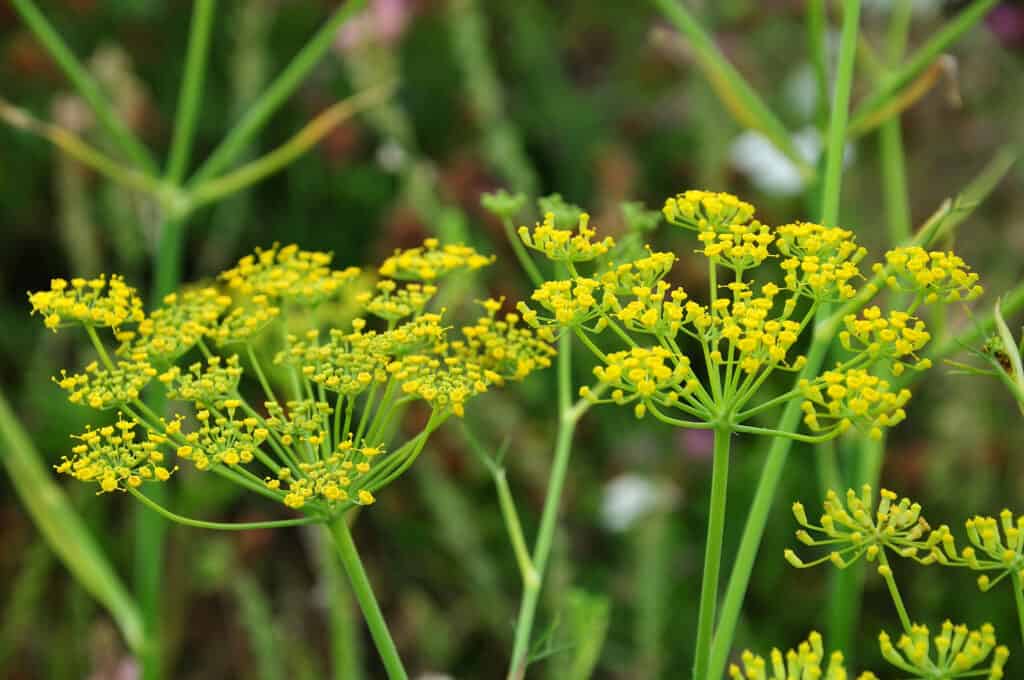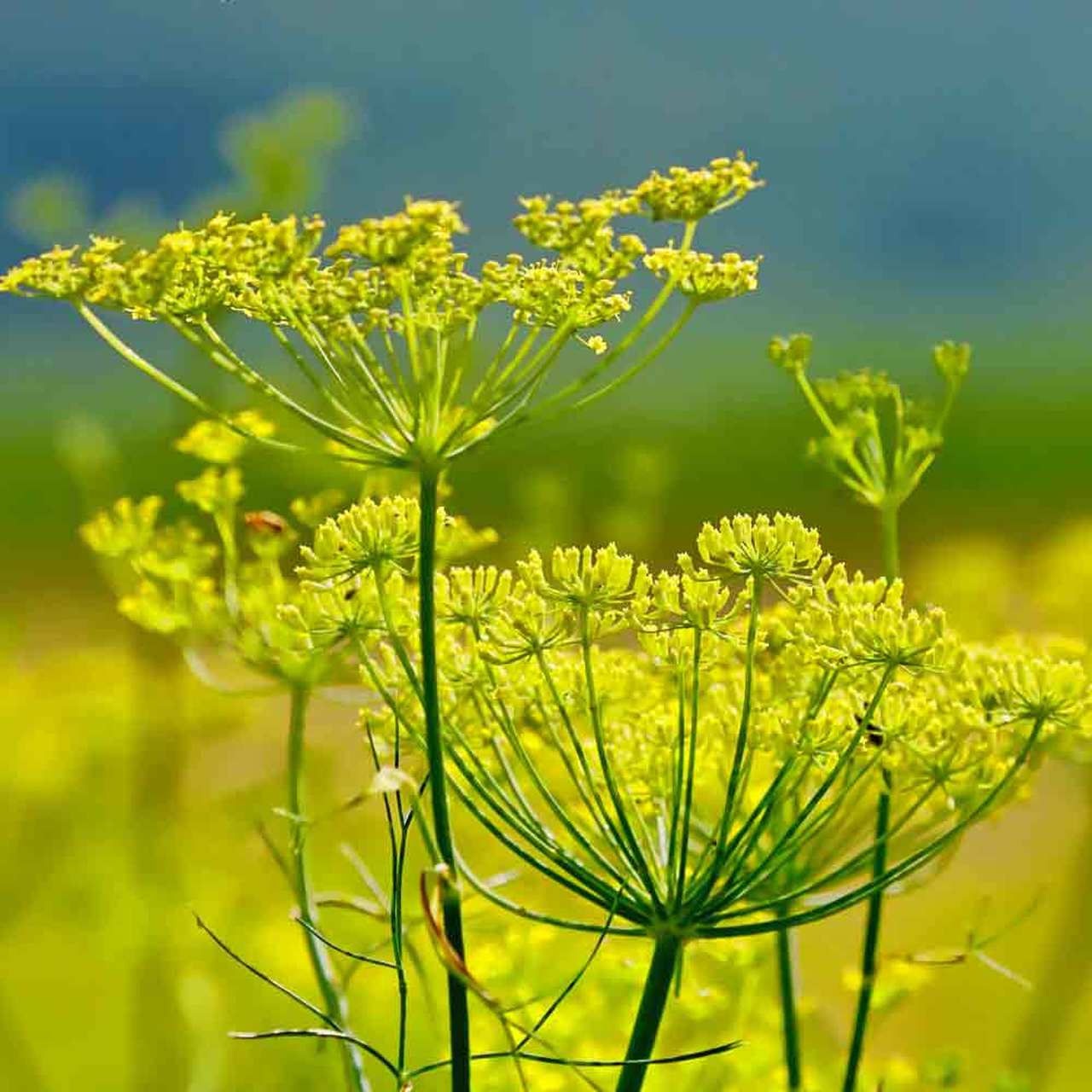How to Grow and Care for Fennel Plant

Fennel seeds are seeds with miracle powers. Best known to increase the longevity of your life, it has several other benefits, including its medicinal powers. And to top all of that, the seeds also aid in weight loss, which gives you all the more reason to plant these in your garden at the next chance you get. If you have been looking for instructions on how to plant fennel in your garden, you have arrived at the right place. Read on to know more about this amazing plant.
Family and Genus
The fennel plant is a hardy and perennial herb which belongs to the genus Foeniculum and family Apiaceae. Going by the scientific name Foeniculum Vulgare, fennel plants and carrots all come from the same family. The highly aromatic plant is used for a variety of reasons, including cooking. The plants are usually green and white, bear yellow flowers with fine and feathery leaves. Both the seeds and the bulb of the plant are used for consumption and have licorice-like flavor, which has made them a household favorite. While the bulb is used mostly for flavoring, the stem and shoots are usually consumed as vegetables. Both fennel bulbs and seeds are highly nutritious too, and contain all vital nutrients in balanced amounts.
Features of the Fennel Plant
Known for their lovely and aromatic scent, all parts of the plant, including the stem, shoots, leaves, and seeds, smell amazing. Although the plant was primarily cultivated in temperate regions across the world, it is now being adopted and cultivated in more places due to its high popularity and benefits. The fennel plant can grow up to 6.5 feet in height and lo longer than that. With feathery and delicate foliage, the plant also has 4-5 hollow stems. The leaves are linear and can grow up to 2-15 cms in length. The flowers are usually produced on flat umbels, and they bear about 20-30 small yellow flowers.
Different Uses of the Fennel Plant
Apart from being used in culinary practices, fennel has a range of other medicinal uses that will blow your mind. You’re also likely to end up regretting not planting this herb in your garden earlier. Fennel primarily works in the human body through the activation of an ingredient which has similar characteristics of what estrogen does to our body. Fennel oil and fennel seeds are the prominent fennel products used worldwide.
Some of the conditions which fennel can help to cure include colic in infants, painful cramps during menstruation, severe symptoms of menopause in older women, itching, dryness and thinning in the vaginal area, bloating, constipation, bronchitis, irritable bowel syndrome, intestinal gas problems, indigestion, and related stomach issues and even helps to treat infections in the upper respiratory tract of an individual. Its benefits to the human body are far-reaching and miraculously beneficial. Fennel seeds also help to regulate blood pressure, purify the blood, improve one’s eyesight, and are even known for their ability to prevent cancer due to the presence of extremely powerful free-radical fighting properties.
How to Grow Fennel?

They can be grown by both plants as well as seeds, even though seeds are the easier option. Even though fennel is a perennial plant, it is usually grown as an annual plant that best survives in cooler temperatures. The best time to plant fennels is during early spring or fall since it won’t be too hot or too cold during these times. The plants usually begin bearing flowers after about 90 days of planting, but a quick tip for better germination of the plants is to soak the fennel seeds for one or two days. The soil needed to plant fennel seeds should be well-drained and fertile loam soil. It is also suggested to keep the soil or surrounding area moist for a few days until the plant starts to germinate. Each plant should be at least 10-15 cm away from each other when they start to grow, and each row of plants needs to have at least a distance of 60 cm from the other. You should also choose a place with full sun for growing the plant.
Fertilizing and Aftercare
Weeds are a major issue since they can compete with the plant for essentials and practically devoid of any significant nutrients. A balanced amount of nitrogen fertilizer can ensure optimum growth, but make sure you don’t overuse the fertilizer as this can lead to the development of vegetative mass in unwanted quantities. Regular irrigation is also a suggested practice. And for harvesting, you need to cut the fennel stalks right before the plant starts blooming flowers. Special care should be taken to harvest and collect the seed heads before they exceed their maximum capacity and shatter.
All parts of the fennel plant are edible, including the shoot, roots, stems, leaves, and even its bulb. Each part has a different use, such as the leaves are consumed as vegetables while the bulb of the plant is used for flavoring.
Even though fennels are perennial plants, in most cases, they are cultivated and planted as annual plants, so this depends on the type of cultivation. However, as long as the plant receives full sun and is planted in a cool or temperate region, it can survive for a long time.
Yes, even though they have great medicinal benefits, they do have their own share of side effects such as breathing difficulty, chest pain, nausea, itchy skin, and sensitivity to the sun. This is why you should make sure to consume fennel seeds, fennel oils, or any other form of fennel, only after consultation with your doctor.





